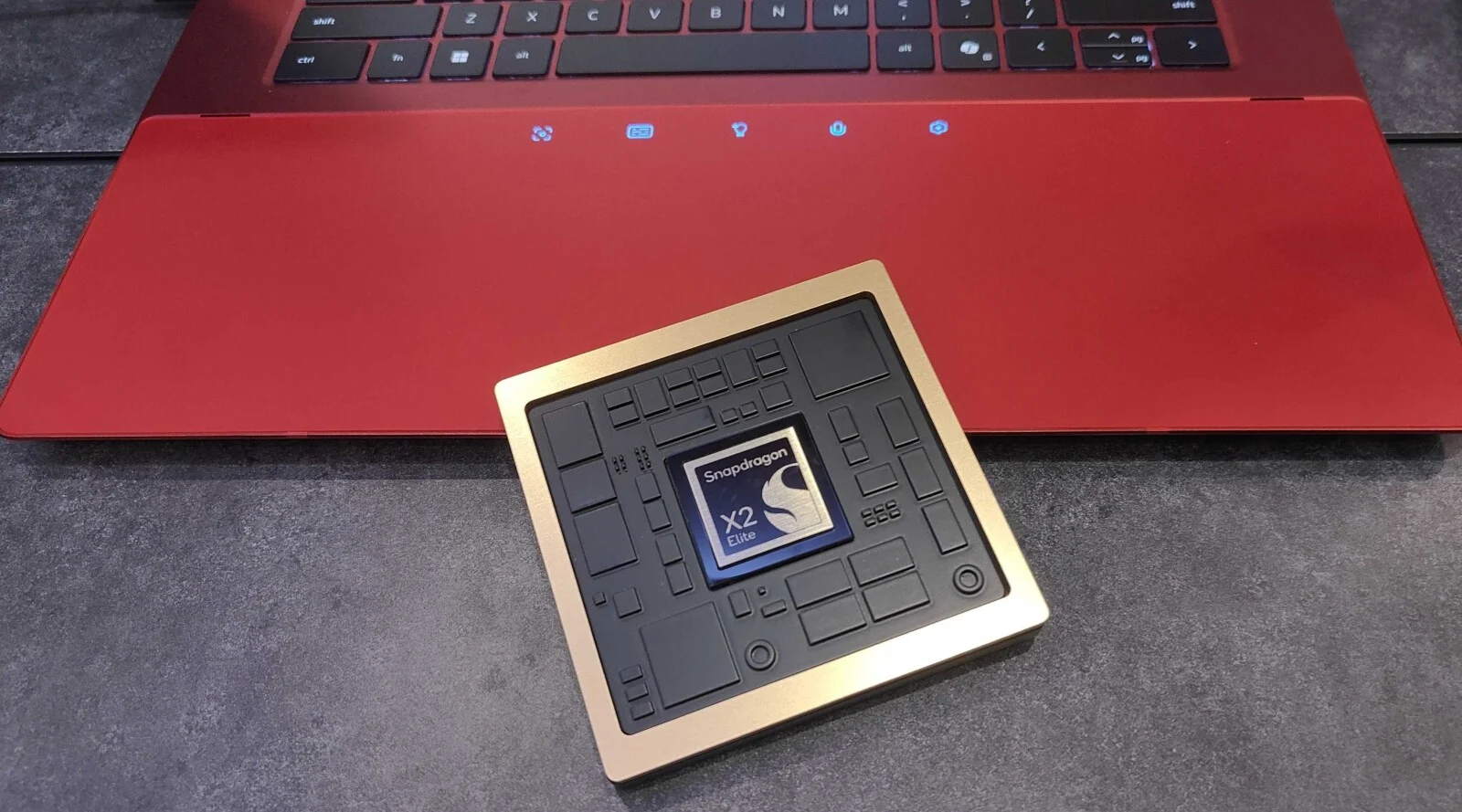NASA launched Messenger more than ten years back, in 2004 to be more precise. It flew by planet Mercury for the first time in 2008 and began orbiting it in 2011. Since the time the spacecraft has entered Mercury’s circuit, it has continuously been making smashing discoveries about the Sun’s nearest planet. This process of discovery remained a constant till it crashed into the planet on April 30.
Fresh Data offered by Messenger revealed that the planet is surrounded by a 4 billion old magnetic field. This discovery will allow scientists to join the pieces of the planet’s history together more easily than they thought. They had very little information about this planet prior to NASA’s Messenger mission.
The probe was closest to the planet during the final quarter of 2014 and the first quarter of 2015. During this phase, the probe was flying only at a height of 9 miles from Mercury’s surface. The lowest altitudes at which Messenger has flown during the years before this were 300 and 120 miles. Analysis of the data collected during this phase has revealed some extremely interesting facts about the planet.

When Messenger was flying close to Mercury, the magnetometer embedded in it gathered data about magnetism of rocks on the surface of the planet. The tiny signals showcased by the magnetometer suggested that the planet’s magnetic field is very old; it’s aged between 3.7 billion and 3.9 billion years. Here, it must be mentioned that Mercury and Earth were formed together; both planets are around 4.5 billion years old.
The data collected by Messenger also revealed that the planet has a magnetic field due to the presence of liquid iron in its core.
http://thehoopsnews.com/2015/05/11/5020/nepal-earthquake-dhs-nasa-tech-succeeds-in-recovering-four-people-from-debris/
These findings have been presented by geophysicist Dr. Catherine Johnson of the University of British Columbia. Although the Messenger spacecraft has encountered a devastating crash, the data collected by it are far from being obsolete. Dr. Johnson and her team will keep on analyzing those data and presenting more fascinating facts about the planet.
They are also waiting for the launch of another Mercury mission called BepiColombo. It’s a mission organized by the European Space Agency and is scheduled for 2016. Dr. Johnson informed that BepiColombo will look to measure the planet’s southern hemisphere, something Messenger couldn’t do.








Add Comment